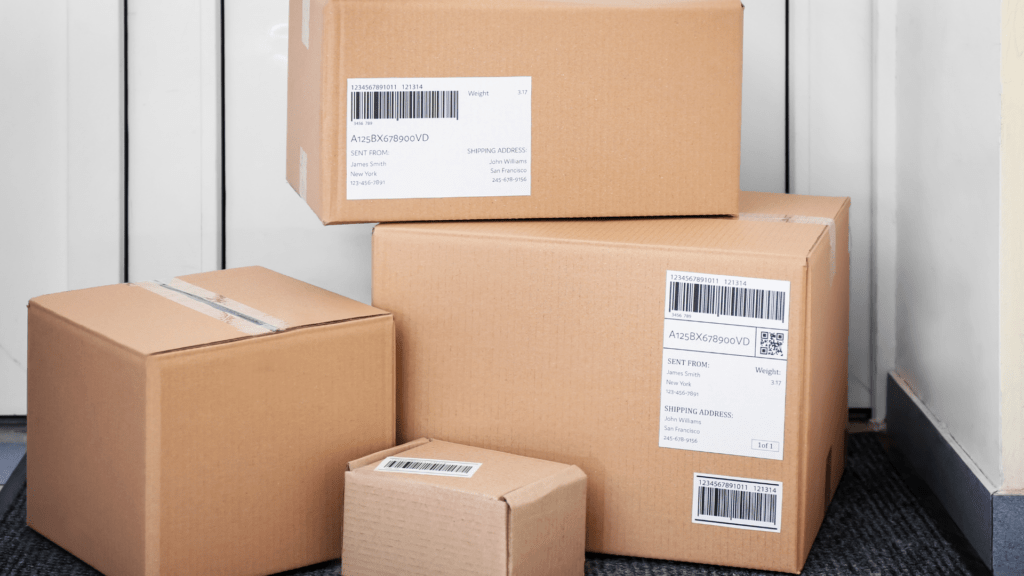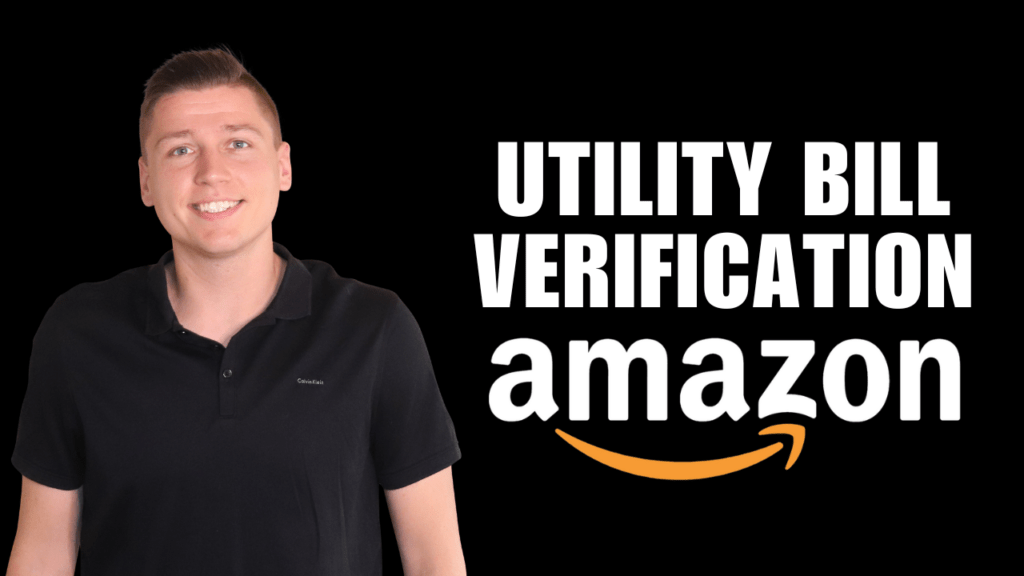Don’t underestimate the importance of packaging when selling on Amazon FBA.
And I don’t necessarily mean in terms of aesthetic appeal.
Amazon has clear packaging guidelines for items entering an Amazon FBA warehouse, and failure to abide by them could mean additional fees and delays that could impact your bottom line.
According to their website, Amazon may “refuse, return, or repackage any product delivered to a fulfillment center with inadequate or non-compliant packaging at your expense. Amazon may add specific requirements to a product due to damages and damage-related returns.”
Let’s avoid that.
In this blog, I’ll use my experience and expertise to guide you through important packaging information, details, and frequently asked questions.

General Packaging Guidelines:
Amazon’s packaging guidelines are extensive, and can be different depending on your type of product. But here are a few general pointers to get you started, and steer clear of added fees.
- Reused boxes are OK, but they should be ridded of old barcodes and previously used shipping labels
- MM-DD-YYYY or MM-YYYY are the accepted date forms for expiration dates
- Perishable items are not permitted
- Foam strips, crinkle paper, styrofoam, packing peanuts (AKA foam popcorn), and shredded paper are not allowed
- Amazon won’t accept different units that are meant to be assembled together. An example would be shipping in three separate parts of a mug set.
- Shoes and footwear must be packaged so that no material is exposed
- Items must be wrapped individually
- Each FNSKU has to be unique and correspond to a unique product. According to Amazon, “each assortment type, such as size or color, must have a different FNSKU.”
How Should I Label My Amazon FBA Products?
Labels are everything on Amazon FBA, and must be included on every item, as well as on boxes, and pallets.
When in doubt…it probably needs a label.
Amazon states the following guidelines for labels:
- Correct barcodes must be on each item
- Other visible barcodes must be covered, with the exception of serial number barcodes or transparency authentication code labels
- Barcodes must be scannable
- Barcodes must be placed on a flat side, 0.25 inches between the edge of the label and edge of packaging
- Labels shouldn’t be placed on corners
- Follow MM-DD-YYYY format for dates.
- Don’t place barcodes on reflective surfaces as they can render them unreadable
- Barcodes should have ASIN or FNSKU included
- Product name and item condition should be included on the barcode
| Confused About Amazon Barcodes? FNSKU, UPC, GTIN? Learn everything you need to know about barcodes on my YouTube tutorial here. |
Custom Designed Packaging
Your manufacturer will likely have a default packaging option. There’s both pros and cons to this, but in my opinion, it’s best to customize your own packaging rather than go with the bare minimum. This gives your product added flair and will give you a leg up above the competition.
Of course, this depends on your specific product. Some items just don’t require added flair on the packaging.
First, discuss with your supplier if they’re capable of creating custom packaging. If they’re unable to, you might need to opt for a third party packaging company to handle the packaging. This will, however, involve extra steps.
One option is to hire freelancers from either Upwork or Fiverr to design a custom package; just make certain they have previous experience designing packaging for Amazon.
It will help to already have a logo beforehand, as well as a general idea of your desired outcome.
For DIYers, Canva is great beginner software for designing graphics regardless of skill level.
Items Sold As A Set
Amazon states the following for items sold as set:
“Units that are sets, such as a set of six, unique toy cars that are sold as one unit, must be marked as sets on their packaging. Add a label to the unit that clearly states that the products are to be received and sold as a single unit. For example, “Sold as set,” “Ready to ship,” or “This is a set. Do not separate.””
Or in other words, make sure your products are well organized and clearly labeled.
Packaging Types Guidelines:
Boxes:
Believe it or not, the right box can be a powerful marketing tool. And these days, the simple action of just opening a box has somehow become an internet phenomenon.
We’ve all seen the unboxing videos on TikTok and Instagram of the latest electronic playthang.
They’re addicting because well-thought out packaging taps into our psychology.
“If the box is sleek and well-made, then what’s inside must be too.”
That being said, Amazon lays out the following guidelines.
- Boxes must have six sides
- Must include a lid or opening that can’t be easily opened. If it is easily opened, it must be closed via tape, adhesive, or staples to keep the box closed
- Boxes with perforated holes must pass a drop test
Amazon also states that boxes must be capable of withstanding “medium pressure,” and not collapse when it’s applied.
In short, don’t go cheap here. Not only will you chance higher packaging fees, but you’ll run the risk of your product looking low-cost and/or unprofessional.
Bubble Wrap:
Ah yes, the OG stress-reliever.
Medical benefits aside, Amazon allows the use of bubble wrap to be used for fragile items that may be prone to breaking, or for large or dense items that could damage others during transit or shipping.
According to bubble wrap should be:
- Tightly wrapped so items can’t fall out
- Barcode must be scannable from the outside
- Capable of passing a 3-foot drop test on a hard surface with the product breaking. A break test consists of five drops; one on each side of the product + a corner.
Polybags:
A polybag is a fancy name for a plastic bag. Amazon allows for these given the following guidelines:
- With the exception of adult products (which must be opaque), polybags must be see-through
- Must be sealed completely
- The bag must be at least 1.5mm in thickness
- If the opening is larger than 5 inches (measured when flat) the bag must include a suffocation warning. The warning should be either printed on the bag or attached by label, and correspond to the correct label print size set by Amazon(see below).
Failure to attach a warning properly causes products to be re-bagged. Sellers are charged an additional fee as a result.
Can I Ship With Hangers?
Typically no.
With the exception of baby clothes, hangers must be removed before being shipped into an Amazon fulfillment center.
According to Amazon, the following items CANNOT be shipped with hangers.
- Accessories
- Bras
- Hats
- Shorts
- Socks
- Hosiery
- Sweaters
- Swimwear
- Underwear
In Conclusion
I’m not going to lie, there’s a lot on the line during this step, and it doesn’t help that Amazon’s packaging requirements are complex.
I suggest staying tuned to my YouTube channel for the latest updates, including weekly Q and As on various Amazon topics.
Amazon’s constantly changing its policies, requirements, fees, etc. And staying up to date with these is key to success on Amazon.
Ready to Begin Your Amazon FBA Business?
My Amazon Winners Academy (AWA) mentorship guides you through the entire Amazon FBA process and provides a community of support with others on the exact same journey.
AWA gives you a much-needed safeguard from costly mistakes, dead ends, and failed product investments.
So whether it’s solving issues with your Seller Central account, creative approaches to product research, scaling to new markets and niches, validating product ideas, customer service issues, and more, we’ve got you covered.
Learn more about it here.


